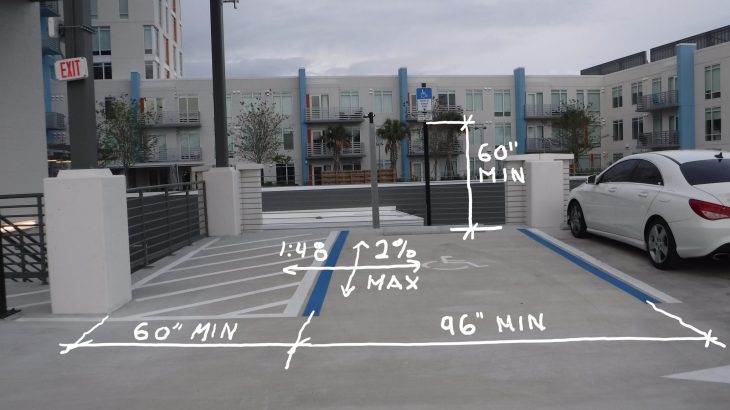How to Create Accessible Designs for All: The Steps and Ideas You Need.
When creating designs, accessibility is an important consideration. Accessibility design is about ensuring that your design is usable by everyone. Whether someone has a disability or not, they should be able to access your design without any kind of hassle. A great starting point for designing accessible content is to use high contrast colors so those with low vision can read it more easily. In this blog post, you will learn how to create accessible designs as well as some other easy steps and ideas to follow.
What is accessibility?
Accessibility is the design of products, devices, services, environments, or other offerings that are accessible by people with different abilities. Making your designs accessible means you are designing them in a way that all people can use them. FHA accessibility and the ADA accessibility have guidelines. For example, if you have a website that is meant to be accessed by everyone then you would include features like high contrast colors for those with low vision.
There are many considerations when it comes to accessibility. A couple of things you should make sure to account for are avoiding color combinations which could cause problems for some people and making sure text is readable for all sizes of screens. If you are unsure about the specifics on how to design something in an accessible way there are plenty of articles online that discuss the specifics of accessibility and how best to do it.
The steps to creating accessible designs
Making your design accessible starts with identifying what needs to be changed. To start, you’ll need to identify the disability that the person is experiencing. It will then be easier to determine what kind of accommodations that person needs. We will go over some common disabilities and some ways to accommodate those:
-Visually impaired: If a visitor is visually impaired, they may find it difficult to read text on your site. One way to solve this issue is by using high contrast colors so those with low vision can read it more easily. High contrast colors mean different color combinations like blue and yellow or different shades of gray like dark and light.
-Deaf or hard of hearing: A visitor who is deaf or hard of hearing may not be able to hear sound or music on your site. One way to ensure that these visitors can access your site is by using captions for videos and captioning services for live video streaming like Facebook Live and YouTube Live Events (this service is only available if your account has Google’s Closed Captions feature enabled). You can also use closed captioning for online videos with the YouTube Caption Creator Tool (https://youtu.be/YY5xGCdPw0A ).
-Mobility impaired: Visitors who are mobility impaired will likely have an issue scrolling through a website because they cannot move their mouse or scroll bar in order to navigate through the page easily. One way you could accommodate them is by adding an “Accessible Version” link at
Ideas for creating accessible designs
As mentioned above, high contrast colors are a great place to start. These colors will be easier for people with low vision to read. Additionally, you can use larger fonts and avoid busy backgrounds. You can use clickable links or tabs where you need to give more information about something. And if someone is using a screen reader, your design should also include captions and transcripts for audio and video content so they can better understand what is happening on the screen.
Conclusion
We hope you found these tips helpful and practical. Creating accessible designs is a great way to make sure your content is available for everyone, not just those with disabilities.

